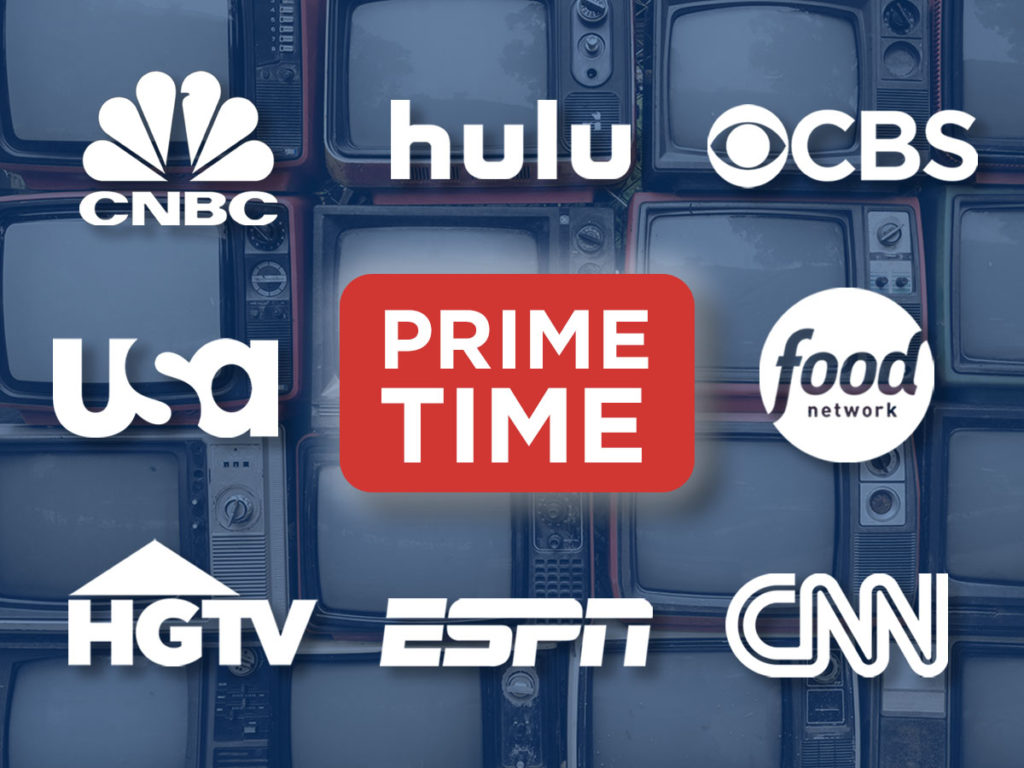B2B Sales Funnel: Complete Guide for Marketers
by Frankie Karrer
8 Min Read
Prime time advertising was the holy grail of linear TV, but here’s how streaming television is coming up on top.

4 Min Read
When NBCUniversal announced the release of their new Spotlight ad unit for Peacock, it had us question (again) linear TV’s true value in the advertising space. Spotlight ads play off the way prime time television is bought, based on a specific time slot. This means that your ad will be served in the first slot to users on any program in that network during this time frame. It scales the prime time experience – usually on one program – across an entire streaming network. We all know that amplification is key to driving reach in the world of digital advertising, but how effective is NBC’s latest unveiling? And how effective is prime time advertising nowadays? Read on.
We’ve heard many advertisers say that “Streaming is great, but we prefer to do prime time advertising on broadcast TV.” If anything is considered high stakes, it’s this approach. The advent of Connected TV has redefined the meaning of prime time. Dayparting, a method used to categorize television segments and also define the value of advertising in a specific time of day, looks a little differently on Connected TV. Usually, publishers charge a similar CPM for impressions, regardless of when they’re being delivered. This is because streaming is on-demand and viewers have full control of their viewing schedules, so those who tune into a show are already engaged (no matter what time of day it is).
CTV marketing inventory can be bought based on network or audience-first, the latter which serves relevant ads to the user on the network and time that they are most likely to be watching. So, though this doesn’t fit within the traditional definition of the ‘prime time’, an audience-first approach adapts to the changing viewing patterns at all hours of the day. Ultimately, advertisers have to ask themselves which is more important: drive more reach with my television ads on a prime time segment (and not necessarily capturing the right audience that is aligned with my brand), or reach the right people who are likely to be interested in my brand, even if it doesn’t happen to sit within the 8-11pm time zone? Advertisers who can shift their mindset away from the traditional way of thinking of prime time, are the ones who stand to benefit the most.
The pandemic changed viewing patterns that will last well into post-pandemic times. One observation is that prime time isn’t reserved only from 8pm – 11pm (Pacific Time) anymore, it’s expanded to the rest of the day. Bloomberg reported a study that showed the streaming-users watching television as early as midday, during their lunch breaks, and continued to watch (or rather, multi-task with work) throughout the rest of the day. Meanwhile, prime time spots like this year’s Golden Globes and Emmy’s suffered with 6.9 million viewers (64% less than January 2020) and 6.1 million viewers respectively.
The Conversation, an independent news organization, reported that streaming’s growth sustained even post-lockdown, while “increased viewing for live TV was primarily driven by news consumption [and] the time spent watching broadcast TV gradually declined back to normal levels.” If prime time spots are tanking, and more people are tuning into streaming than ever before and placing “increased value on TV content…using it to fulfil emotionally charged needs,” there has to be a better way than seeking it out through traditional means like broadcast television.
Subscribe to the report Apple, Amazon, NBC and more use to get their CTV news.